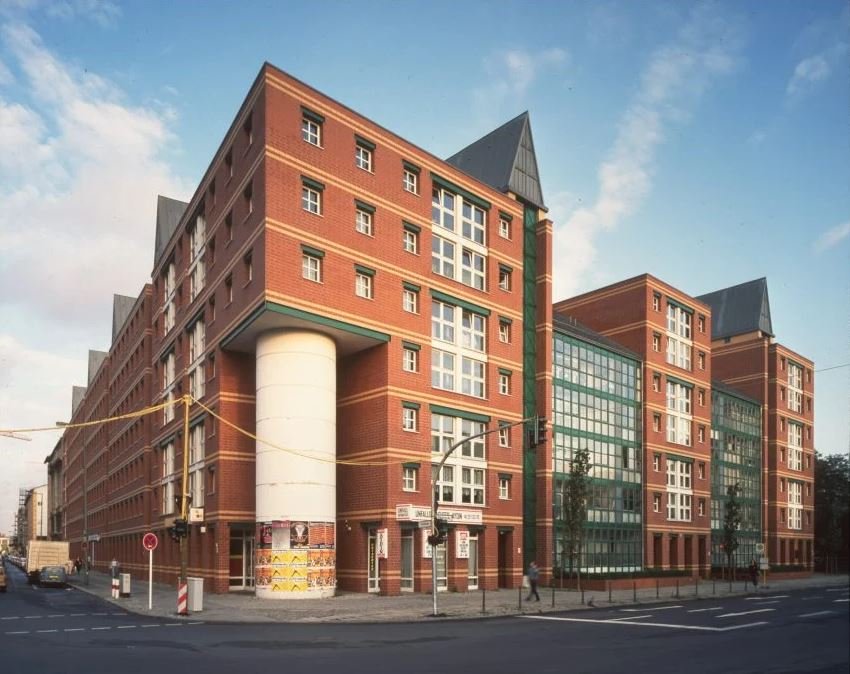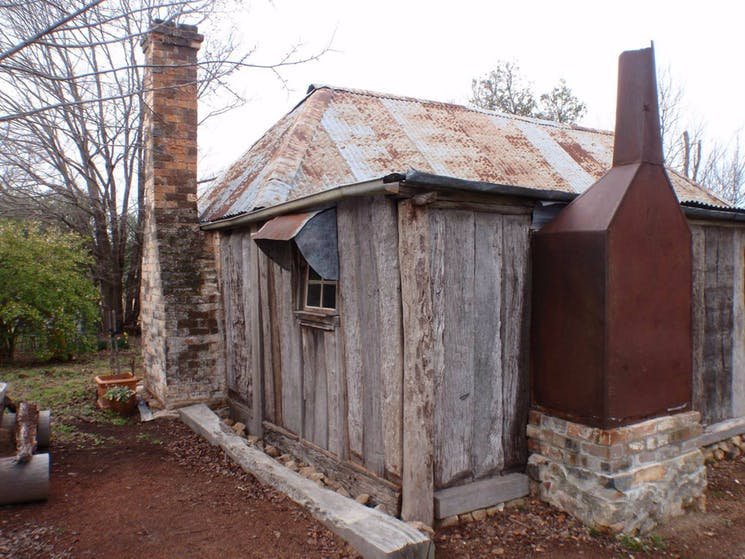The idea of the cultural Golden Age is familiar to most, with 5th century B.C. Athens and Renaissance Florence probably the best-known examples in the West. But there is another, more modest kind of cultural age, or rather stage, that I would like to consider: that which results from the overlapping or alloying of a waning pre-industrial traditional culture with the nascent technologies that eventually overwhelm it.
I have written elsewhere about a similar phenomenon in the history of architecture: namely the period of modern architecture from around the middle of the nineteenth century to the early 20th, when engineers and architects employed radical new materials and techniques, but still within the idioms of traditional architecture and classical ornament.
Another fascinating example of this kind of transitional period can be found in the history of the folk or ‘low’ music of the United States: the great flowering of what were then known as ‘hillbilly’ (white vernacular music) and ‘race’ (black vernacular music) 78rpm records, which lasted from roughly 1925 to 1935.
By folk music, I mean the vernacular music of a common people, transmitted orally without the intermediation of any recording or transcription technology, although of course in reality things are rarely that neat: ballads were being circulated as printed ‘broadsides’ from the early 16th century, for example.
A broadside ballad
Before 1925, recording was done acoustically, which meant playing or singing (or rather shouting) into a cone. Even when well-preserved, these muddy, scratchy recordings can be difficult to enjoy, or are best listened to in a historical or musicological spirit. The music, too, is mostly uninteresting show tunes, novelty songs and the like.
An acoustic recording of an orchestra, early 1920s.
Then two things happened: the advent of electrical recording, and the coincident realization by record companies of the commercial viability of folk music, produced both by and for the last inheritors of a pre-radio, orally-transmitted musical tradition. The resulting recordings have a quality both warm and sharp, intimate and distant, unsentimental yet mysterious and romantic; there is a preserved-in-amber quality to them, a perfect self-containment, where content and carrier, music and medium, are inextricable from each other. Recording technology is a medium just as oil paint and marble are, and the acoustic quality of these recordings is as intrinsic to their aesthetic character as marble is to the sculptures of Michelangelo or oil paint to the paintings of Rembrandt.
An early electric microphone, circa 1925
The great depression basically wiped out the market for, and thus production of, these records, and by 1935 the spread of radio, improvements in recording, microphone and amplifier technology, and the attendant rise to prominence of more purely popular commercial genres such as swing, rhythm and blues, and bluegrass meant that this golden age had come to an end.
The irony of course is that recording technology allowed the preservation of this wonderful music while at the same time playing a significant role in the destruction of the cultural conditions out of which it arose; fortunately the great majority of these recordings have survived, and are now freely available on Youtube and other places online.
Dock Boggs (1898-1971)
Boggs playing Pretty Polly (1927), a variation of the murder ballad “The Gosport Tragedy” first circulated in broadsheet form in around 1727.



























































































